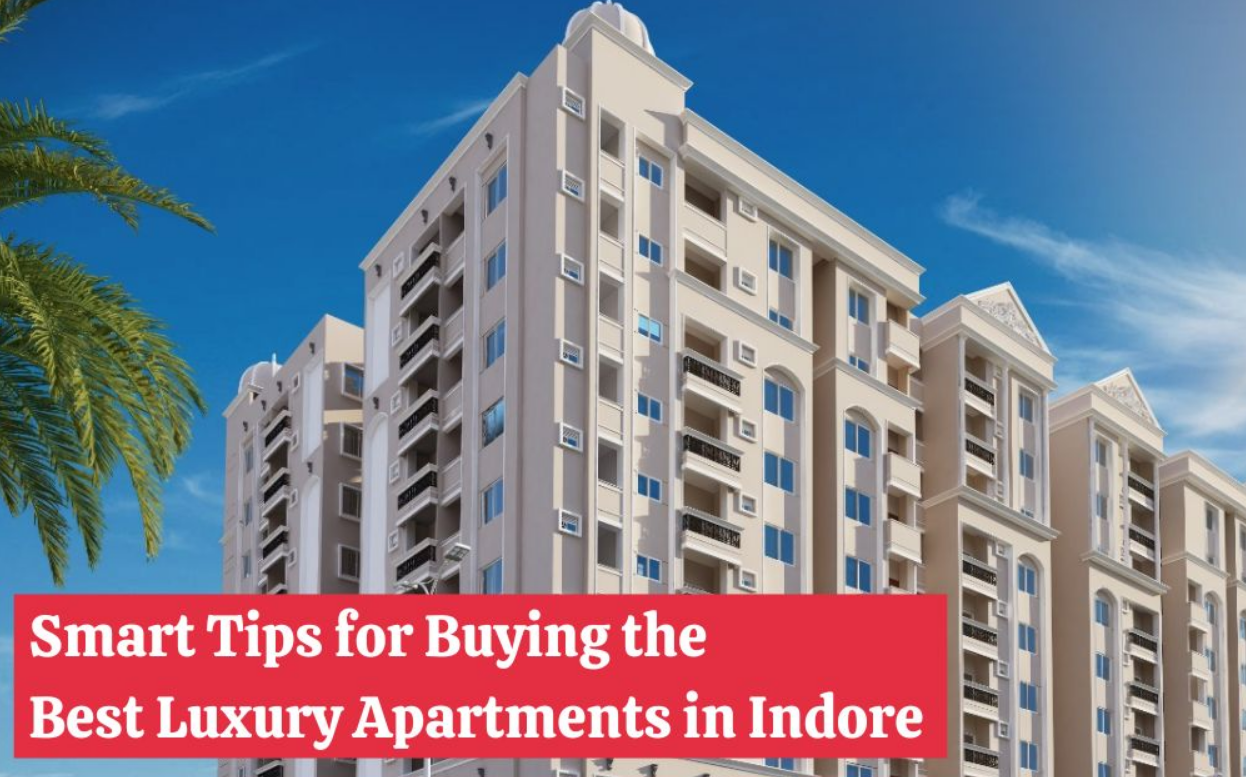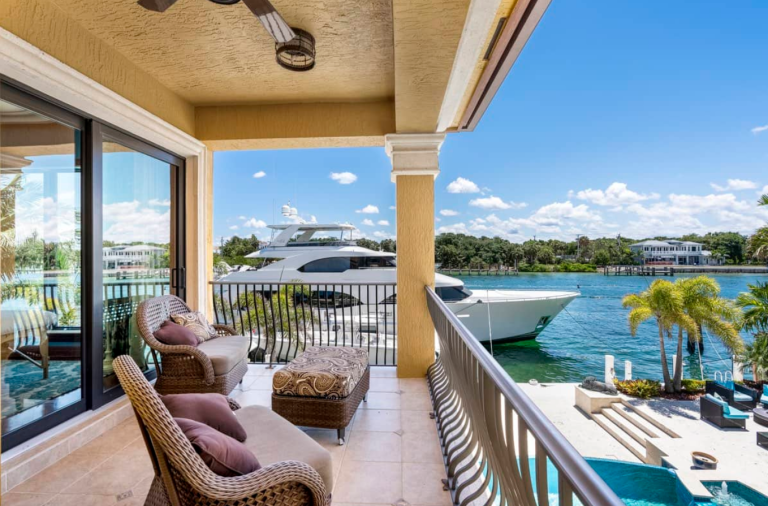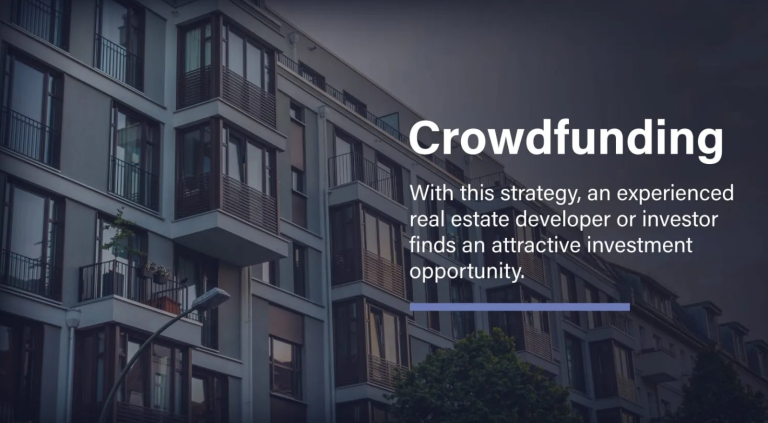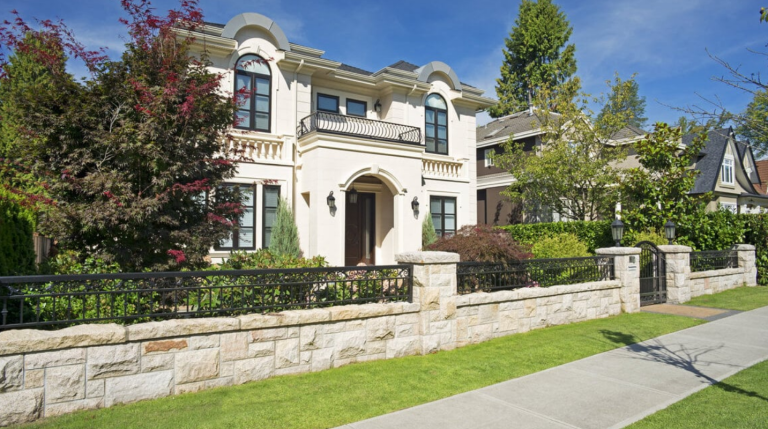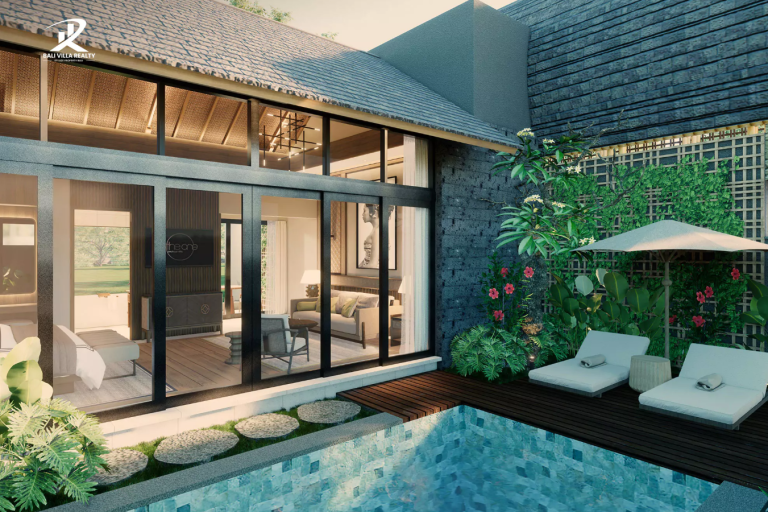Smart Strategies for Buying Luxury Apartments: Insider Tips for Savvy Buyers
Venturing into the world of high-end real estate opens doors to unparalleled living experiences, but it demands a thoughtful approach to avoid common pitfalls. Whether you’re eyeing a sleek penthouse overlooking Manhattan’s skyline or a chic flat in the heart of Paris, understanding the nuances can make all the difference. In this guide, we’ll explore practical tactics to navigate the luxury apartment market, focusing on regions like the United States and Europe where demand for premium properties drives high-value opportunities. From assessing locations to negotiating deals, these insights are tailored for discerning buyers aiming for both personal satisfaction and financial gains.
Luxury apartments aren’t just homes; they’re statements of sophistication and smart investments. In bustling metropolises such as New York, London, and Paris, these properties often appreciate significantly due to limited supply and growing affluent populations. But how do you ensure you’re making a wise choice? Let’s dive into the core strategies that can guide you through this exciting process.
Key Information on Luxury Apartment Markets
To start, it’s essential to grasp the foundational elements of the luxury apartment sector. High-end properties typically feature premium amenities like concierge services, state-of-the-art gyms, rooftop pools, and eco-friendly designs. In the US, markets like New York boast an average price per square foot exceeding $1,500 in prime areas, while in Europe, London’s Mayfair or Paris’s 7th arrondissement can command even higher premiums due to historical charm and exclusivity.
Market trends show a surge in demand for sustainable luxury living. For instance, buyers are increasingly prioritizing energy-efficient buildings with smart home integrations, such as automated lighting and security systems powered by AI. According to recent analyses, the global luxury real estate market is projected to grow by over 5% annually, with Europe and America leading the charge. This growth is fueled by remote work trends allowing professionals to invest in secondary homes and the influx of international buyers seeking stable assets.
When evaluating options, consider factors like building age, developer reputation, and resale potential. Older conversions in historic European districts offer timeless appeal, whereas new developments in American cities provide cutting-edge tech. Always conduct thorough due diligence, including reviewing HOA fees, which can range from $500 to $2,000 monthly in luxury setups, covering maintenance and amenities.
In-Depth Benefits of Owning a Luxury Apartment
Owning a luxury apartment goes beyond mere ownership—it’s about elevating your daily life with tangible advantages that blend comfort, convenience, and long-term value. Let’s break down these benefits in detail, highlighting how they enhance your lifestyle using advanced features found in top-tier properties.
First, unparalleled security and privacy stand out. Many luxury complexes employ biometric entry systems, 24/7 surveillance with AI-driven cameras, and private elevators. This technology not only deters intruders but also provides peace of mind, especially for high-net-worth individuals. For example, in a building equipped with facial recognition software, you can grant temporary access to guests via a mobile app, minimizing risks while maintaining exclusivity.
Second, the integration of smart home technologies transforms routine tasks into seamless experiences. Imagine voice-activated controls for climate, lighting, and entertainment systems, often powered by platforms like Crestron or Savant. These setups can reduce energy bills by up to 20% through automated optimization, appealing to eco-conscious buyers in Europe where green regulations are stringent. Detailed perks include customizable ambiance settings—for instance, syncing lights with your circadian rhythm for better sleep—or integrating with fitness trackers to adjust home workouts.
Third, community and amenities foster a resort-like atmosphere. High-end apartments often include on-site spas, infinity pools, and co-working spaces with high-speed fiber optics. In American developments, you might find private cinemas or wine cellars, while European ones emphasize cultural perks like art galleries. These features not only boost property value—studies show amenities can increase resale prices by 10-15%—but also build social networks among like-minded residents, reducing isolation in urban settings.
Fourth, investment potential is a major draw. Luxury apartments in prime locations appreciate faster than standard real estate, with annual returns averaging 7-10% in cities like New York or London. They also offer rental income opportunities; for instance, short-term leasing via platforms like Airbnb can yield $5,000-$10,000 monthly in peak seasons, offsetting ownership costs.
Finally, health and wellness integrations are increasingly detailed. Properties with built-in air purification systems using HEPA filters and UV sanitizers combat urban pollution, particularly beneficial in densely populated areas. Combined with yoga studios or meditation rooms, these elements promote mental well-being, addressing modern stresses like work-life balance.
Real-Life Examples of Luxury Apartments
To illustrate these concepts, here are three real, standout luxury apartments currently on the market. Each offers unique features, and I’ve included direct links for more details—think of these as gateways to exploring your options further.
- Hudson Yards Penthouse in New York, USA: This 88-story marvel at 15 Hudson Yards epitomizes modern luxury with panoramic views of the Hudson River. Spanning over 3,000 square feet, it includes floor-to-ceiling windows, a private terrace, and access to a world-class wellness center with an indoor pool and spa. Priced around $10 million, it’s ideal for executives seeking convenience near Manhattan’s business district. The building’s sustainable design, featuring LEED certification, ensures low utility costs while providing high-tech amenities like automated blinds and integrated sound systems. For a deeper look, check out the official listing: 15 Hudson Yards Luxury Residences. This property solves urban living challenges by offering serene escapes amid the city’s hustle.
- Mayfair Apartment in London, UK: Nestled in one of London’s most prestigious neighborhoods, this three-bedroom flat in a historic building blends Victorian elegance with contemporary upgrades. At approximately £5 million, it boasts herringbone wood floors, a gourmet kitchen with Miele appliances, and concierge services. Its location near Hyde Park provides easy access to cultural hubs, making it perfect for families or art enthusiasts. Detailed perks include smart thermostats for energy efficiency and a private gym, addressing the need for balanced living in a fast-paced city. Explore more here: Knight Frank London Apartments. This example highlights how heritage properties can offer timeless value with modern twists.
- Eiffel Tower View Duplex in Paris, France: Overlooking the iconic Eiffel Tower, this duplex in the 7th arrondissement features ornate moldings, a rooftop terrace, and high-end finishes like marble bathrooms. Listed for about €8 million, it spans 2,000 square feet with wine cellars and spa-like facilities. It’s tailored for those desiring romantic, cultural immersion, with proximity to museums and bistros. The property’s advanced security, including encrypted smart locks, ensures privacy in a tourist-heavy area. For full details: Sotheby’s Paris Luxury Apartments. This one exemplifies how location-driven luxury can enhance daily inspiration and resale appeal.
These examples demonstrate the diversity in luxury offerings, each providing detailed solutions to lifestyle needs while incorporating cutting-edge tech for enhanced living.
Transactional Insights: How and Where to Buy
When it comes to the transactional side, buying a luxury apartment involves a structured process to ensure a smooth acquisition. Start by securing financing—pre-approval from banks like JPMorgan Chase in the US or HSBC in Europe can give you leverage, with interest rates hovering around 3-5% for qualified buyers. Expect down payments of 20-30%, and factor in closing costs up to 5% of the purchase price.
The step-by-step process: First, engage a specialized real estate agent familiar with luxury markets; they can access off-market listings. Next, conduct inspections and appraisals—hire experts to check for structural integrity and hidden fees. Then, negotiate terms, often including contingencies for furnishings or upgrades. Finally, close the deal with legal reviews to verify titles and zoning.
Prices vary widely: In New York, entry-level luxury starts at $2-3 million; London equivalents at £2-4 million; Paris at €3-5 million. For affordability, consider shared ownership schemes in Europe or FHA loans in the US for select properties.
To buy, platforms like Zillow (US), Rightmove (UK), or Seloger (France) are excellent starting points. For a direct call to action, here’s a simulated affiliate-style button to one of the top sites: Explore Luxury Listings Now
Alternatively, visit local brokerages or attend virtual tours. Affiliate programs through sites like JamesEdition offer commissions for referrals, making it easier to connect with sellers.
Detailed Use Cases and Problem-Solving
Consider a busy tech executive relocating to New York: A luxury apartment solves the problem of long commutes by offering central locations with home offices equipped for video calls. It addresses work-life imbalance through on-site gyms and spas, preventing burnout—studies show such amenities boost productivity by 15%. Why need it? In a competitive job market, premium living signals success and attracts top talent.
For a growing family in London, these properties tackle space constraints in urban areas with multi-room layouts and child-friendly amenities like playgrounds. They solve security worries in high-density cities via gated access, ensuring safety. Families benefit from community events, fostering social ties essential for well-being.
An investor in Paris might use it to hedge against inflation; luxury assets hold value during economic dips, providing passive income via rentals. It resolves portfolio diversification needs, with appreciation outpacing stocks in stable markets.
In essence, luxury apartments aren’t luxuries—they’re necessities for those seeking efficiency, status, and returns in today’s world.
Frequently Asked Questions
- What makes an apartment ‘luxury’?
Luxury apartments are defined by premium features like high-end finishes, exclusive amenities (e.g., pools, concierges), and prime locations. They often include smart tech and sustainable elements, setting them apart from standard rentals. - How much should I budget for maintenance in a luxury apartment?
Expect $500-$2,000 monthly in HOA fees, covering security, upkeep, and amenities. This varies by location—higher in US cities like New York due to extensive services. - Is financing different for luxury properties?
Yes, lenders require higher credit scores and down payments (20-30%). Jumbo loans are common, with rates slightly above standard mortgages, but pre-approval speeds the process. - Can I rent out my luxury apartment?
Absolutely—many allow short- or long-term rentals, yielding $4,000-$15,000 monthly depending on the city. Check building rules and local laws, especially in Europe. - What’s the best time to buy a luxury apartment?
Off-peak seasons like winter often yield better deals due to lower competition. Monitor market trends; post-pandemic shifts have favored buyers in some European markets.
